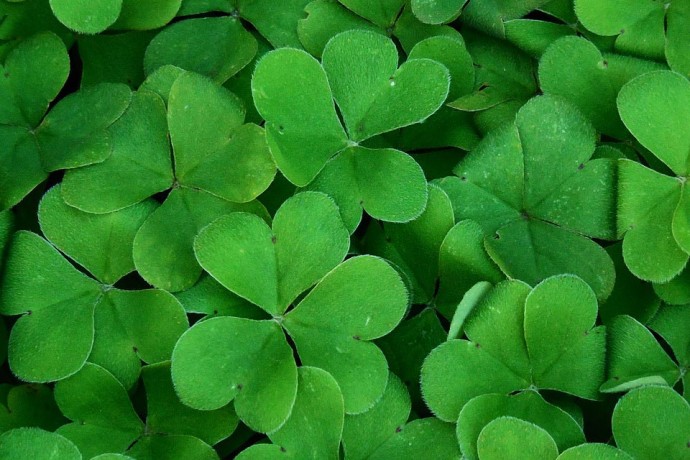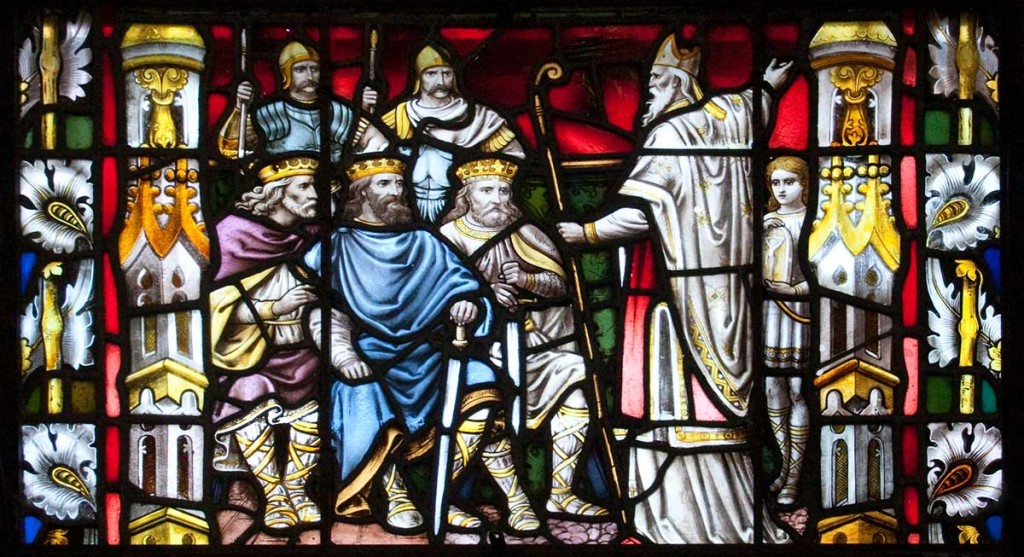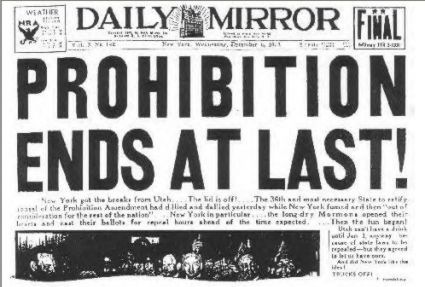St. Patrick’s Day is a holiday that’s been steeped in good times and bad history for as long as any of us can remember. It’s not that there’s anything particularly wrong with the way we celebrate—though we’d honestly be fine with a little less green beer and fewer belligerent drunk people outside our office every March 17—but the origins of why we even do it in the first place are a lot more interesting than paying homage to some guy who had something to do with snakes 600 years ago.
Who Is St. Patrick?
The most the average St. Patrick’s Day reveler could probably tell you about the man behind the holiday—assuming they can get a few sentences out between shots of Jameson—is that he’s the patron saint of Ireland. And while that’s technically true, there’s a little more to it.
Patrick (this was back before surnames were a big deal) was born in the 5th century in Roman Britain, probably somewhere in modern-day Wales, and by all accounts he was incredibly well-off. He was raised in the Church, his father was a deacon, and his grandfather was a priest—all pretty standard stuff for someone destined for canonization.
At that time, Ireland was generally independent from the goings-on of the Roman Empire in the rest of Britain, and various groups of Irish raiders tended to make a nuisance of themselves along the borders. According to Patrick’s autobiography, the Confesio, he was captured and taken as a slave by one of these raiding parties when he was just 16 years old.
The raiders took him back to Ireland with them, where he spent six years as an enslaved shepherd, apparently becoming quite a bit more religious than he had been previously. Somewhere along the way, he claimed that God told him to run away and make a break for the coast. He came upon a ship, found that it was bound for Britain, hitched a ride back home, and went on to become a priest.
Later in life, though, Patrick would return to Ireland. Whether inspired by some saintly forgiveness or a desire to get back at those who’d enslaved him, we’ll probably never know, but upon his arrival in northern Ireland he did what all good Christians did back then and started trying to convert the locals. He was, by all accounts, extraordinarily successful.
In addition to spreading Christianity to the pagan population, he rallied his new followers to drive off any groups that refused to convert. Scholars tend to agree that this is where the allegory of St. Patrick driving the snakes from Ireland comes from, as snakes were often used in biblical stories to represent pagan individuals or ideas. There were, as far as any biologist can attest, never any actual snakes in Ireland.
Patrick was later canonized by the Church, and became known as the patron saint of Ireland as early as the 7th century. March 17 is the agreed-upon (if almost certainly inaccurate) date of his death, and thus the holiday was born.
Why Do You Wear Green on St. Patrick’s Day?
There are a couple of reasons St. Patrick’s Day is associated with the color green, only one of which has anything to do with St. Patrick himself.
In many of the legends surrounding St. Patrick, it’s said that one of his methods for explaining the Holy Trinity to Irish pagans was to use a three-leaved shamrock as a visual aid. Paintings and other artwork often depict him with his signature staff in one hand, and a bouquet of shamrocks in the other. Because of this, a number of historic fraternal orders dedicated to St. Patrick adopted green as their identifying color.
In the late 18th century, though, a much more overtly political reason came about. An Irish nationalist group known as the United Irishmen began using green clothing and accoutrements to identify themselves as members, and after they led a rebellion against the British in 1798 they were persecuted harshly. In the 200 years that followed, green became associated not just with Irish cultural identity in general, but it was revived as a symbol of St. Patrick and St. Patrick’s Day.
Why Does Everyone Drink So Much on St. Patrick’s Day?
Ah, now we get to the fun part. St. Patrick’s Day was, as you can imagine, first conceived as a religious holiday. It was celebrated informally by the Irish for several centuries after his death, but it was adopted by the Catholic Church in the early 17th century as an official feast day. And where there is a feast, there will be drinking.
To absolutely no one’s surprise (particularly those of us who have attended modern celebrations), that drinking was deemed to have become a pretty significant nuisance just a few years after St. Patrick’s Day became an official public holiday in Ireland. As a result, the Irish government actually passed a law that pubs had to be closed on March 17, and it wasn’t repealed until about 40 years ago.
For some reason, we have a feeling that didn’t really stop anyone.
Here’s to a Happy St. Patrick’s Day
Over the years, St. Patrick’s Day has come to be known as a celebration of Irish culture the world over. Pretty much everywhere, from the United States to Malaysia, you can find exuberant partiers drinking Guinness, adding green food coloring to their lagers, donning green outfits and sequined top hats, and sipping (or shooting) the best Irish whiskey they can get their hands on.
There’s no wrong way to celebrate (well, unless you order an Irish Car Bomb, which is insensitive enough that you deserve whatever you get), but it’s always good to keep in mind that St. Patrick’s Day is about more than just getting hammered and shouting incoherently about leprechauns on the street corner.
It’s about as historic a holiday as they come, and while you’re out at your favorite Irish pub this year, remember that it’s a celebration of a truly vibrant and ancient culture. “Everyone’s Irish on St. Patrick’s Day,” yes—so do your adopted country proud.
Quick St. Patrick’s Day Facts
- St. Patrick lived from roughly 385-461 CE, back when Britain was part of the Roman Empire
- We don’t know when the first official St. Patrick’s Day was celebrated, but it was probably sometime in the early 1600s
- The original color associated with St. Patrick was blue, not green
- St. Patrick’s Day is celebrated in more countries than any other national festival
- St. Patrick was born in Wales, not Ireland
- The first St. Patrick’s Day parade took place in New York City in the 1760s






2 Comments